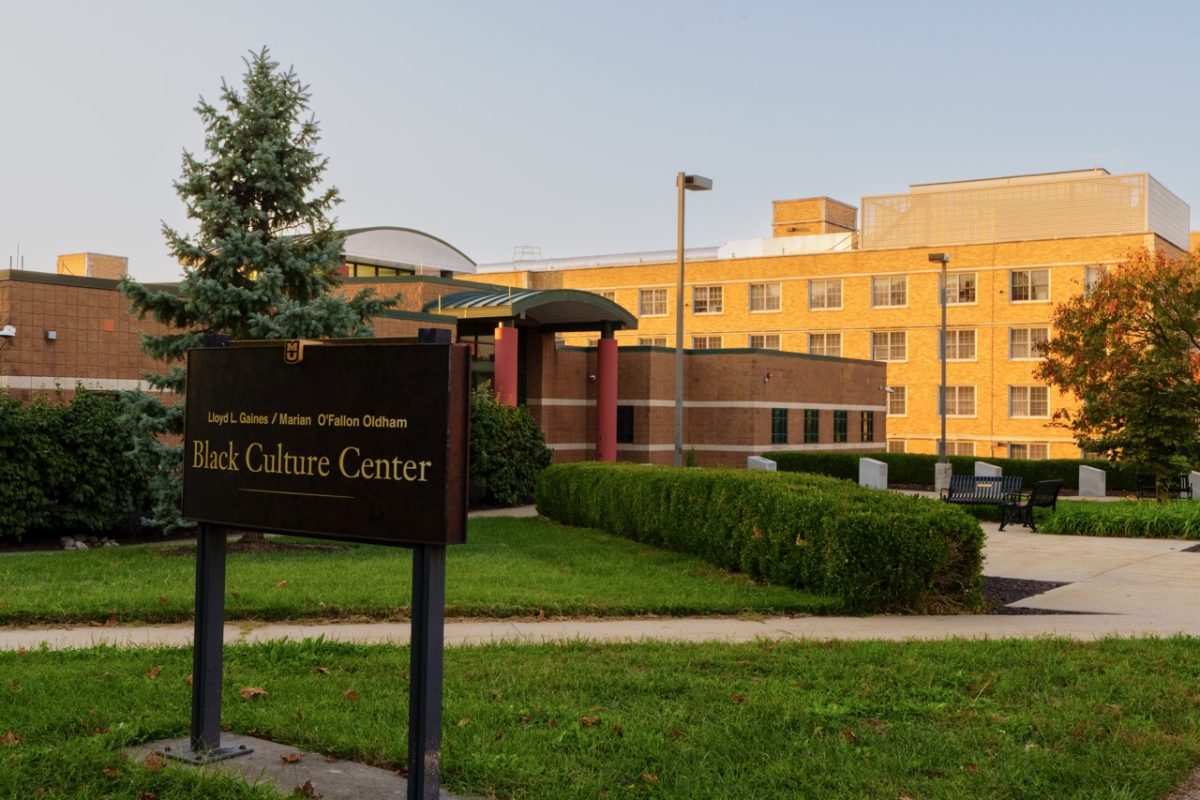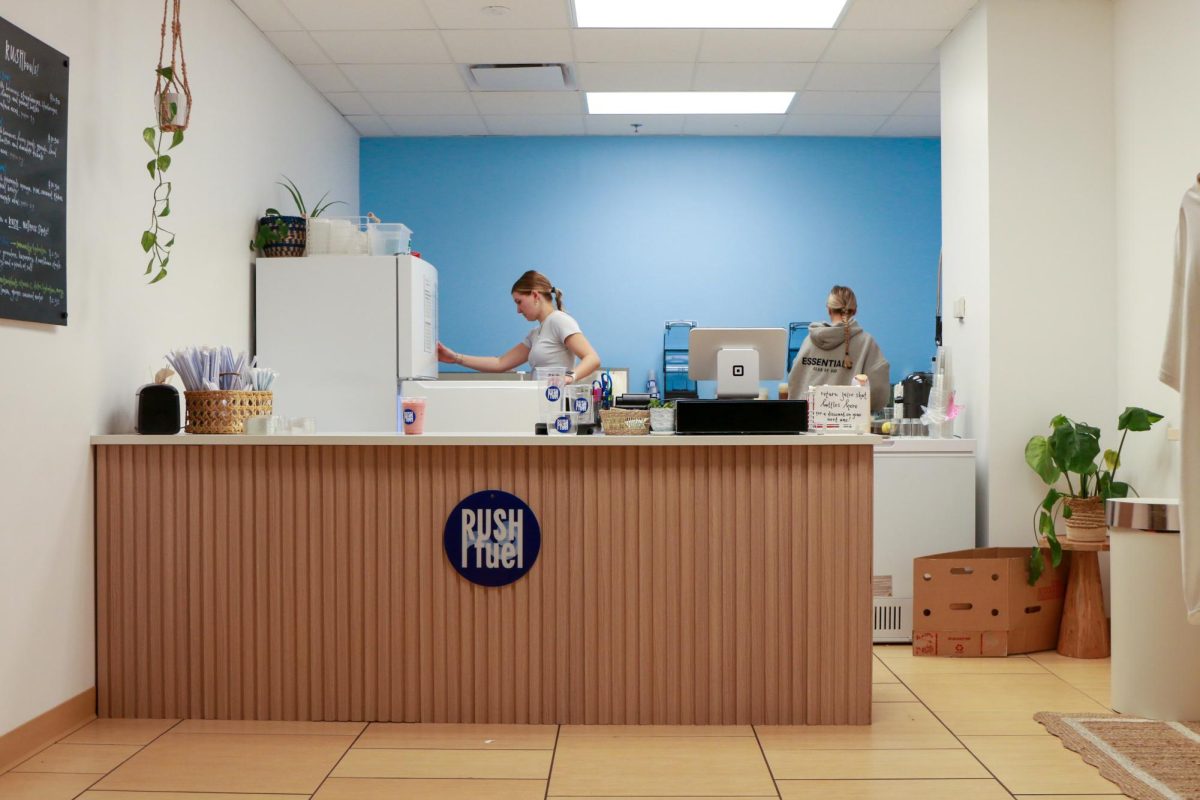Despite the rain, undergraduate students, graduate students, researchers and the public gathered on Saturday at South Farm Research Center to celebrate 100 years of agricultural engineering research at MU.
“We are hoping to share with the public, in a much larger way, the differences of how the technology has improved over the years, so we’ll have antique tractors alongside new modern tractors,” Leon Schumacher, Ph.D., chair of the Agricultural Systems Management program, said in a press release.
The event, which included a tractor show, featured research from faculty and students from the College of Agriculture, Food and Natural Resources, the College of Engineering and the College of Arts and Science.
Biological engineering graduate student Philip Drew presented his research on temperature-sensing technology that aims to identify plant stress within a field.
“The main goal is to create an instrument that’s useable in the field that is smarter than the current measurement that is doing the same thing,” Drew said.
Using current temperature-sensing instruments, the technology can’t measure the difference between the temperatures of the soil and the plant if the image taken includes both. Drew’s development attempts to fix this problem by creating an instrument that can differentiate between different objects in an image. The project was funded by a grant from the U.S. Department of Agriculture.
Another study presented at the event focused on a technique for mosaicing, or piecing together, a series of images of the same plot of land into one visual. Computer science graduate student Rumana Aktar explained the research with an example of a 3D model compiled from drone video.
“Now you don’t have to go manually to view the video, which might take like two hours,” Aktar said. “You just have one frame.”
A practical implication of this technology is that it could help farmers easily identify individual plots, rows and plants as well as portions of a field that might need more fertilizer, herbicide, pesticide or water due to plant nutritional deficiencies and diseases, Aktar said.
Representatives from MU Extension, which provides outreach services in counties across Missouri, also had presentations on subjects such as water quality and the use of drones in agriculture.
“We can use the drone image to help us understand how to best manage a nutrient like nitrogen or we can use a drone image to say, ‘Hey, there’s something going wrong out there in the field. How can we correct it?’” MU Extension specialist Kent Shannon said. “We’ve even explored getting out to see where cattle are in the field during critical times when we’re in a calving season, that’s usually a very labor-intensive time for the producer to go out and check all the cows.”
Shannon estimates that a drone could cost between $1,000 and $2,500. This is a cost-effective investment for a farmer because an unnoticed issue in a field could cause the producer to lose money, Shannon said.
“I think for a lot of folks, [drones] help them with management,” he said. “As I tell folks, it’s another tool in the toolbox that we have access to in today’s world.”
Attendees could also learn more about some of the research done at the South Farm Research Center, including one study into the best management practices and crops for areas with claypan soils, such as Central Missouri and other parts of the Midwest.
Also on display was the work of a group of undergraduate engineering students who designed a mobile imaging station that is used to determine the difference between the phenotype and genotype of plants.
The event featured a free lunch, during which donations were collected for the Sandy Zaring Perseverance Award fund.
The event celebrates the history of engineering in agriculture at MU, which began with the creation of the agricultural engineering department as a joint unit of the College of Agriculture, Food and Natural Resources and the College of Engineering in 1917, according to an article on the College of Agriculture, Food and Natural Resources’ website.
Though the department no longer exists at MU, faculty and students of the College of Engineering and the College of Agriculture, Food and Natural Resources continue to work on topics related to agricultural engineering.
_Edited by Zia Kelly | [email protected]_







